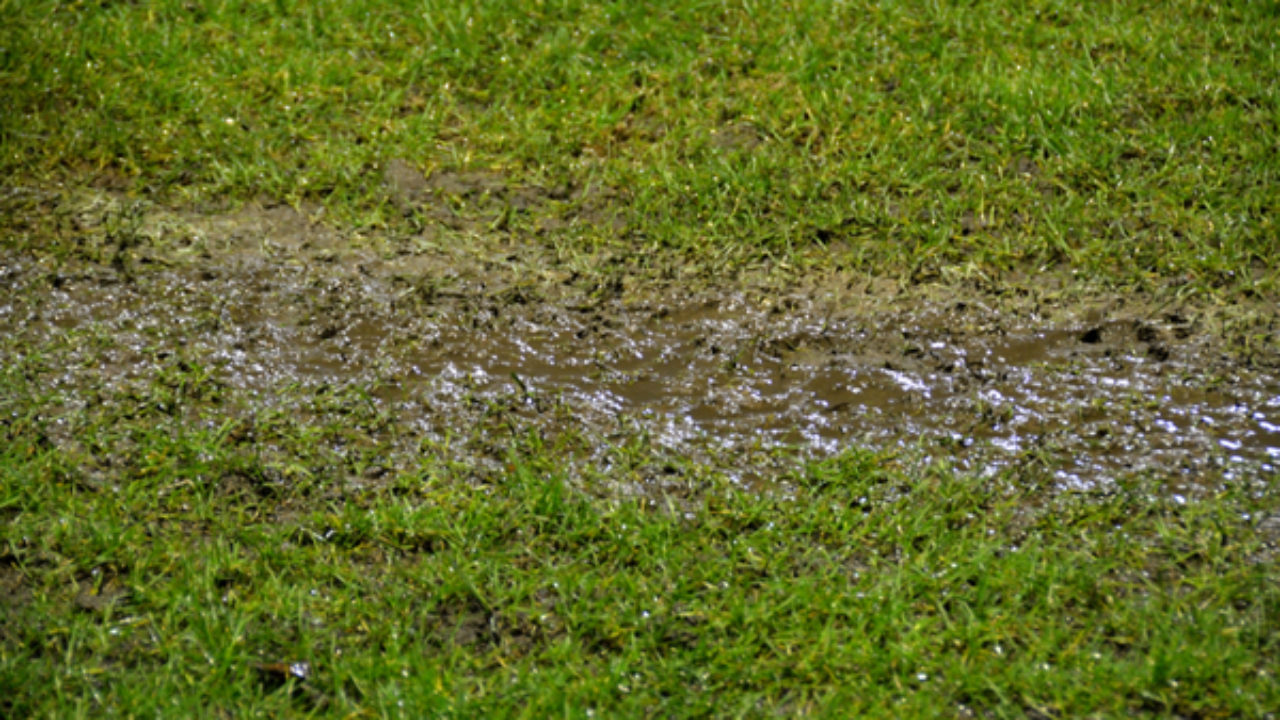6 Ways to Locate Concealed Water Leaks in Your House
6 Ways to Locate Concealed Water Leaks in Your House
Blog Article
We've stumbled on the article pertaining to Finding hidden leaks below on the web and felt it made sense to write about it with you on my blog.

Early detection of leaking water lines can alleviate a possible calamity. Some small water leakages might not be visible.
1. Examine the Water Meter
Checking it is a guaranteed way that assists you discover leakages. If it relocates, that suggests a fast-moving leak. This means you may have a slow-moving leak that could even be underground.
2. Check Water Usage
Examine your water expenses and track your water intake. As the one paying it, you ought to observe if there are any disparities. If you identify sudden changes, regardless of your consumption coinciding, it indicates that you have leaks in your plumbing system. Keep in mind, your water bill ought to drop under the same range each month. An abrupt spike in your bill suggests a fast-moving leakage.
A stable boost every month, also with the exact same routines, reveals you have a slow leak that's also slowly escalating. Call a plumber to thoroughly check your home, specifically if you really feel a cozy location on your floor with piping beneath.
3. Do a Food Coloring Test
When it comes to water intake, 30% comes from commodes. If the shade somehow infiltrates your bowl throughout that time without flushing, there's a leakage between the storage tank and dish.
4. Asses Outside Lines
Do not forget to examine your outside water lines also. Test spigots by connecting a garden hose pipe. Ought to water seep out of the link, you have a loosened rubber gasket. Replace this and make certain all links are tight. If you have actually obtained a lawn sprinkler, it will aid get it skillfully analyzed and kept every year. One small leakage can squander lots of water as well as increase your water expense.
5. Examine the situation as well as evaluate
House owners should make it a routine to check under the sink counters as well as also inside cabinets for any type of bad odor or mold and mildew growth. These two warnings suggest a leakage so prompt interest is called for. Doing routine assessments, also bi-annually, can save you from a major trouble.
If you recognize your house is already old, keep a watchful eye on your heating units, tubes, pipes etc. Check for discolorations as well as damaging as the majority of devices and also pipelines have a life expectancy. They will also naturally degrade because of damage. Don't wait for it to escalate if you suspect leaking water lines in your plumbing system. Call a professional plumber right now so you do not wind up with a horrible mess in your house.
Early discovery of leaking water lines can mitigate a potential catastrophe. Some small water leakages may not be noticeable. Inspecting it is a proven way that assists you find leaks. One small leak can squander bunches of water and increase your water costs.
If you suspect leaking water lines in your plumbing system, don't wait for it to rise.
WARNING SIGNS OF WATER LEAKAGE BEHIND THE WALL
PERSISTENT MUSTY ODORS
As water slowly drips from a leaky pipe inside the wall, flooring and sheetrock stay damp and develop an odor similar to wet cardboard. It generates a musty smell that can help you find hidden leaks.
MOLD IN UNUSUAL AREAS
Mold usually grows in wet areas like kitchens, baths and laundry rooms. If you spot the stuff on walls or baseboards in other rooms of the house, it’s a good indicator of undetected water leaks.
STAINS THAT GROW
When mold thrives around a leaky pipe, it sometimes takes hold on the inside surface of the affected wall. A growing stain on otherwise clean sheetrock is often your sign of a hidden plumbing problem.
PEELING OR BUBBLING WALLPAPER / PAINT
This clue is easy to miss in rooms that don’t get much use. When you see wallpaper separating along seams or paint bubbling or flaking off the wall, blame sheetrock that stays wet because of an undetected leak.
BUCKLED CEILINGS AND STAINED FLOORS
If ceilings or floors in bathrooms, kitchens or laundry areas develop structural problems, don’t rule out constant damp inside the walls. Wet sheetrock can affect adjacent framing, flooring and ceilings.
https://www.servicemasterbyzaba.com/blog/how-to-detect-water-leakage-in-walls/

Do you appreciate reading about Detecting hidden plumbing leaks? Make a remark directly below. We will be interested to hear your opinions about this blog posting. We are looking forward to see you back again soon. Are you aware of another person who is enthusiastic about the topic? Be sure promote it. We cherish reading our article about Hacks to detect leaks.
Report this page